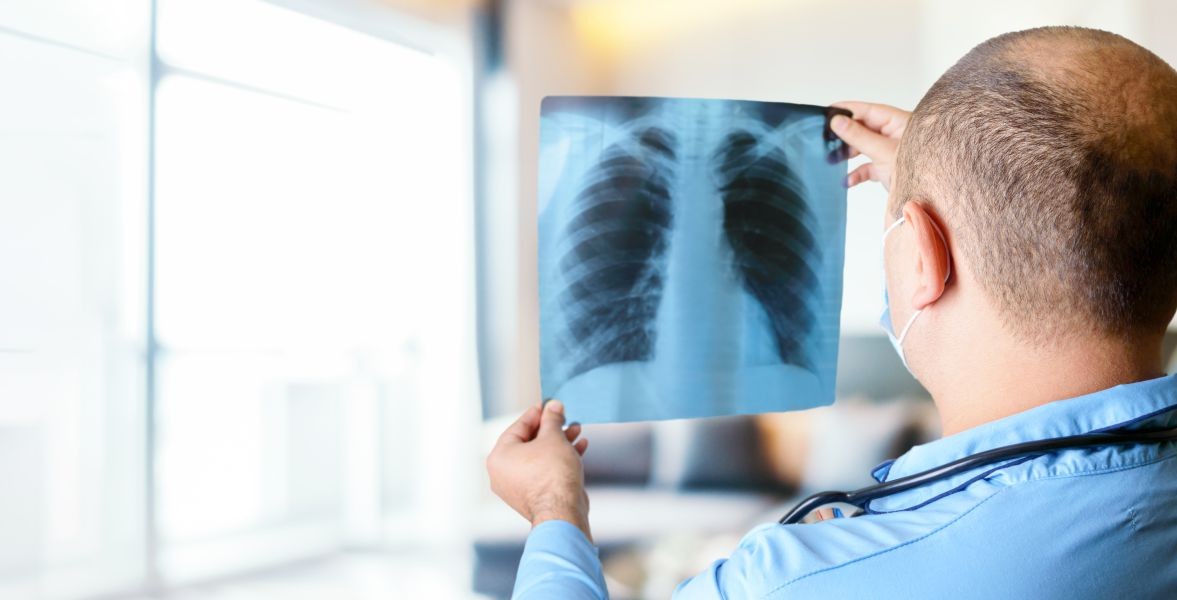Published - Wed, 07 Sep 2022

What is pulmonary embolism? Symptoms & Cause
Pulmonary Embolism occurs
when there is a blockage in lung arteries by a blood clot that has come through
the bloodstream from another part of the body. This restricts blood flow to the
lungs and lowers the oxygen levels in the body.
If a clot develops in a vein
and stays there, it’s referred to as a clot. If the clot detaches from the wall of the vein
and travels to a different part of your body, it’s referred to as an embolus.
If PEs isn’t treated quickly,
they can cause heart failure, organ damage, and even death.
Who
is at risk of developing a blood clot?
People in danger of
developing a blood clot may include
o
Have
been inactive or immobile for long periods because of bed rest or surgery.
o
A
person with a personal history of
o
Blood
clotting disorder [deep vein thrombosis (DVT) or pulmonary embolism (PE)]
o
Heart
failure or stroke
o
Taking
birth control pills (oral contraceptives)/hormone replacement therapy
o
Have
a history of cancer or are receiving therapy.
o
Sit
for prolonged periods.
o
Are
inactive for long periods of your time such as traveling via car, train, or
plane.
o
Are
overweight/obese.
o
Have
recently had trauma or injury to a vein, presumably a recent surgery, or fracture
o
Are
pregnant or have given birth in the previous 6 weeks
If you've got any of those
risk factors, please speak with your healthcare provider to know the steps that
can be taken to scale back your risk.
How serious can be Pulmonary
embolism?
An embolism might dissolve
on its own; it's rarely fatal if diagnosed early and treated properly. However,
if left untreated, it is often serious and may result in complications, as well
as death.
What are the symptoms of Pulmonary
embolism?
Symptoms of embolism vary,
depending on the severity of the clot. The primary signs are typically
shortness of breath and chest pains that aggravate if you exert yourself. You
may cough up bloody sputum. If you've got these symptoms get medical attention
quickly.
Symptoms might include:-
o
Shortness
of breath
o
Breathing
difficulty
o
Chest
Pain (similar to heart attack)
o
Cough
(with/without bloody sputum), wheezing
o
Pale,
dank, or bluish-colored skin.
o
Rapid
heartbeat/Irregular heartbeat
o
Rapid
breathing
o
Sweating
o
Feeling
anxious
o
Light
headedness or fainting Wheezing.
If you've got any symptoms
of embolism, get medical attention straight off.
Treatment of Pulmonary embolism.
Treatment depends on the severity
of the embolism and the patient’s condition which may include
o
Supportive
Treatment
o
Anticoagulants
For Large clots
o
Thrombolytic
Therapy
o
Interventional
Procedures
Created by
Comments (0)
Search
Popular categories
Latest blogs

All you need to know about Syphilis
Tue, 15 Nov 2022

What is Pemphigus Vulgaris?
Tue, 15 Nov 2022

Know about Scorpion Stings
Sat, 12 Nov 2022

Write a public review